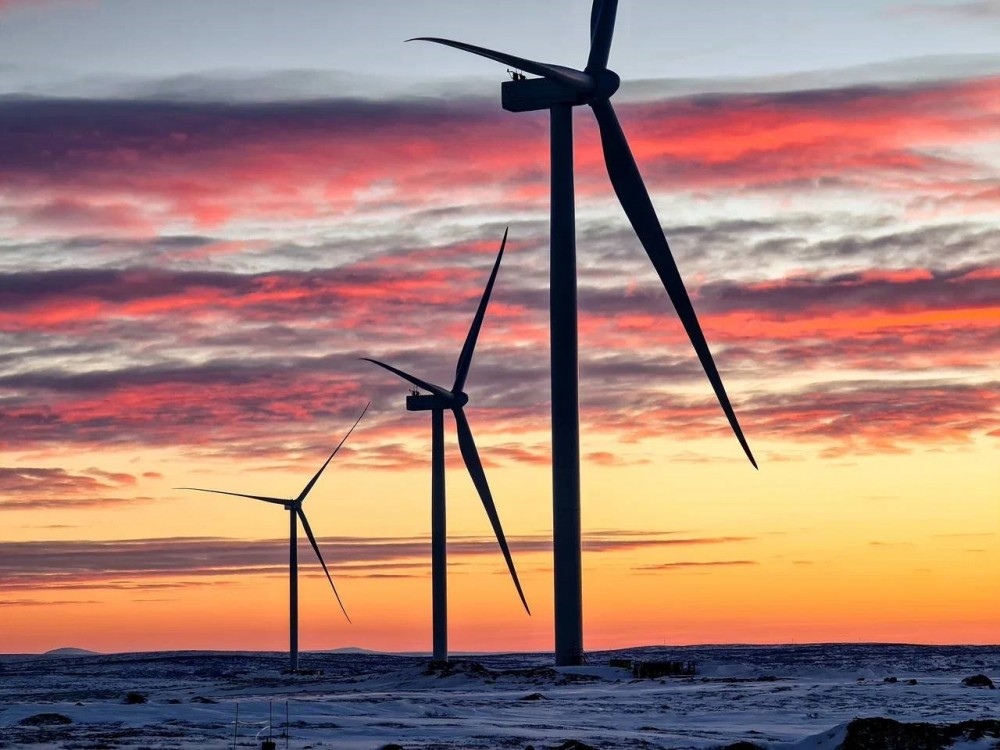Lukoil launched the second stage of the Kola Wind farm
The company calls it “the world’s most powerful wind farm beyond the Arctic Circle”.

After the launch of the second stage, the plant’s capacity now reaches 201 MW. The farm features 57 turbines and occupies an area of 257 ha.
But earlier the future of Russia’s northernmost wind power plant was uncertain after the start of the invasion of Ukraine. The initial project operator Italian energy company Enel had to leave Russia after the invasion and the ownership shifted to Russian oil giant Lukoil. The war changed what was once the promising flagship partnership with a leading Western energy tech company. In October 2022, Enel reported that the company closed the sale of its entire stake in PJSC Enel Russia to PJSC Lukoil and the private fund Gazprombank-Frezia for a total consideration of about €137 million.
After a delay, the construction of the farm was conducted anyway, but this time by the Russian company ЭЛ5-Энерго.
“As Lukoil says in its press statement, the target generation of the wind farm amounts to about 750 million kWh per year, which will result in preventing emission of up to 600 thousand tonnes of CO2 equivalent. The majority of the equipment installed at the WPP was made in Russia”.
As Barents Observer reported earlier, the investments into the project are estimated to be €273 million. The 57 turbines were delivered by Siemens Gamesa before Siemens had to stop the delivery of the turbines due to sanctions.
The Kola Wind Farm is supposed to provide additional power to the Northwest Russian Murmansk Oblast, which today has about 60% of its energy from nuclear power and the remaining 40% from hydropower.
Located in Kirkenes, Norway, just a few kilometres from the borders to Russia and Finland, the Barents Observer is dedicated to cross-border journalism in Scandinavia, Russia and the wider Arctic.
As a non-profit stock company that is fully owned by its reporters, its editorial decisions are free of regional, national or private-sector influence. It has been a partner to ABJ and its predecessors since 2016.
You can read the original here.